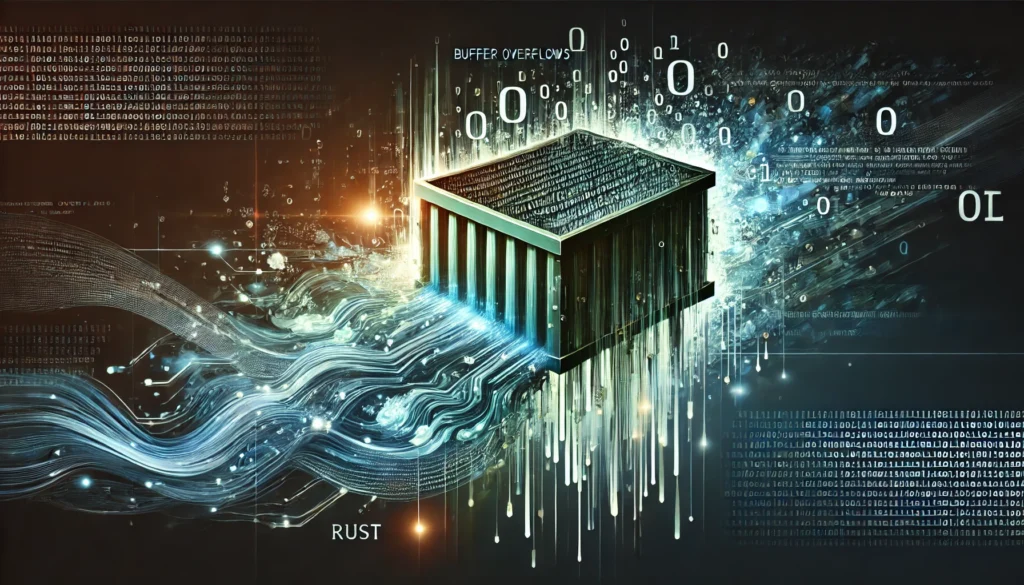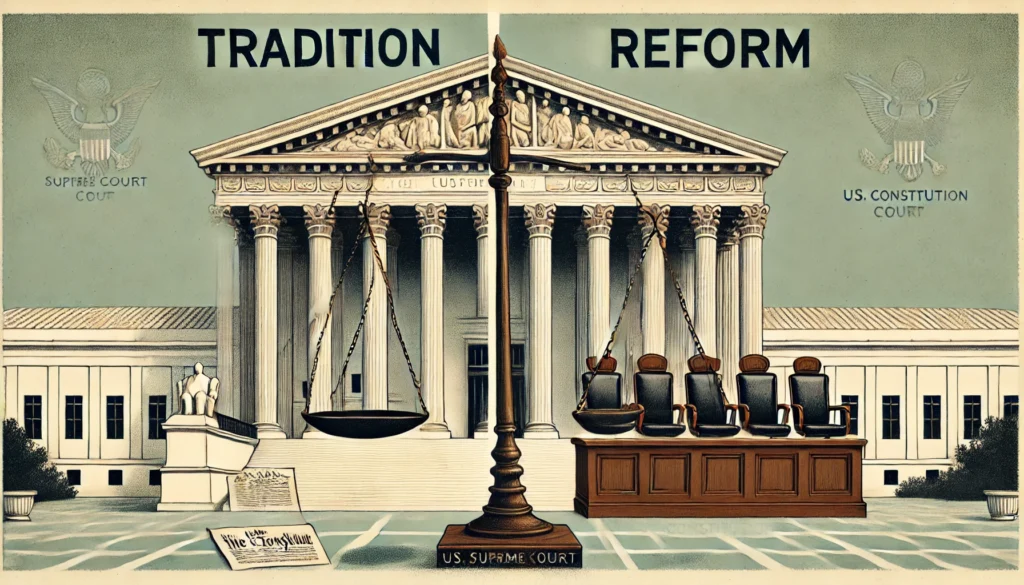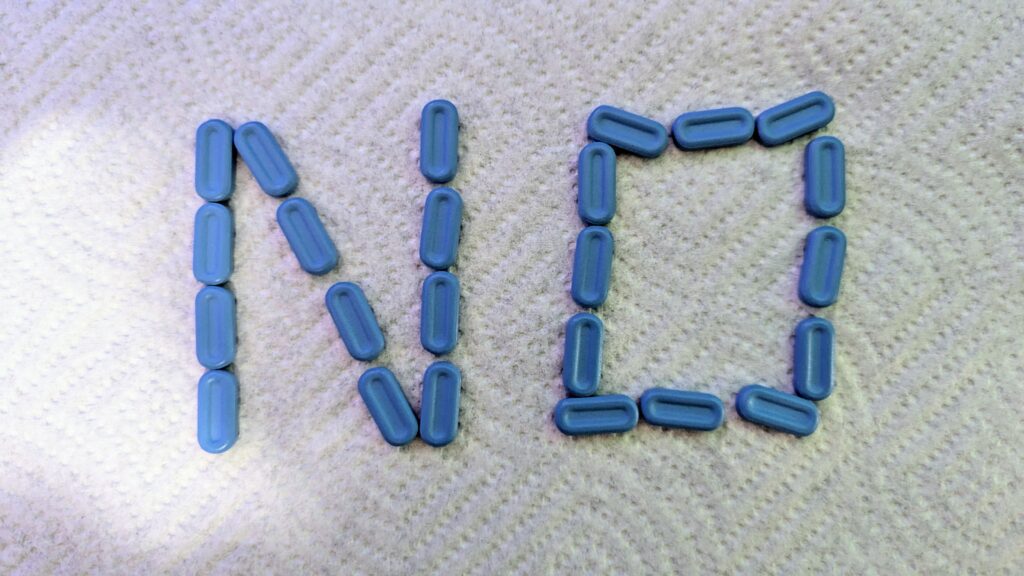Posted inOpinions Programming Rust
The Buffer Overflow Epidemic: Why Are We Still Making the Same Mistakes?
In 2024, buffer overflows continue to be a pervasive security threat, despite decades of awareness. This post explores why we're still writing unsafe code and demonstrates how memory-safe languages like Rust offer a definitive solution to this lingering problem. It's time to leave outdated practices behind and build a safer future for software development.







